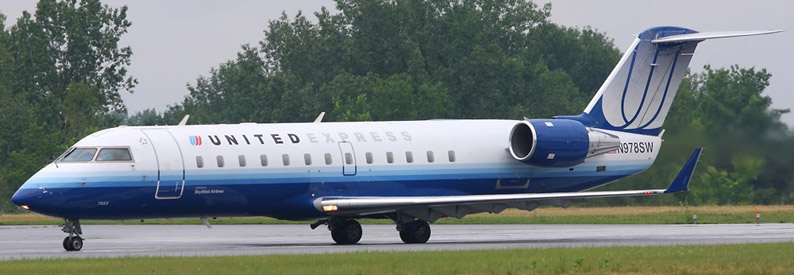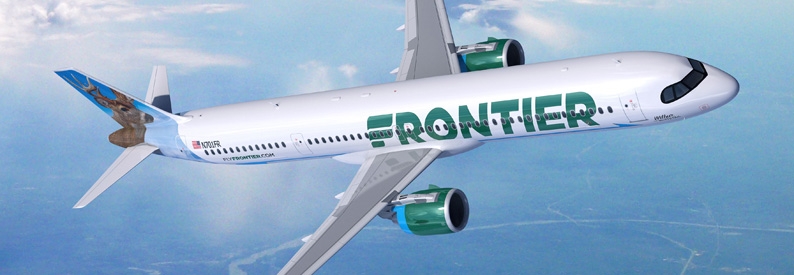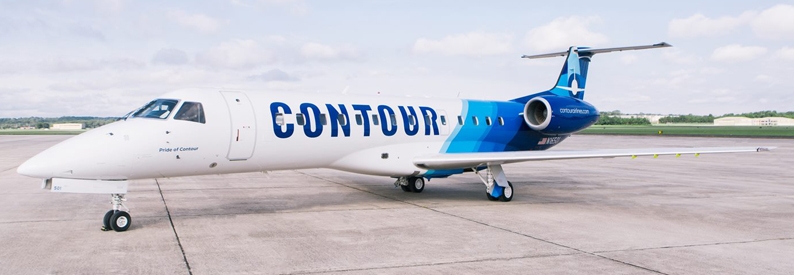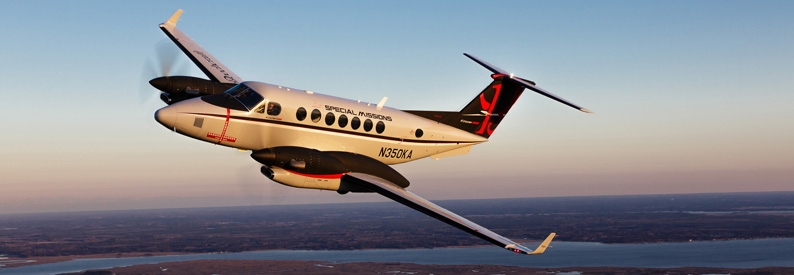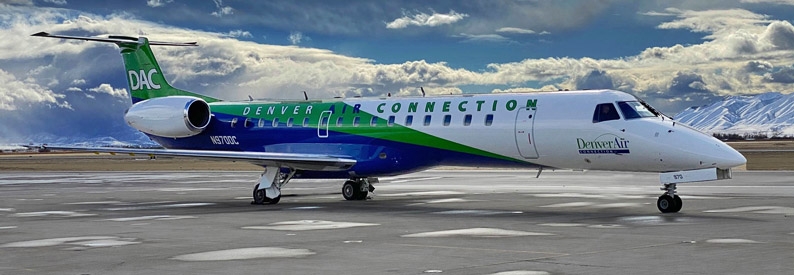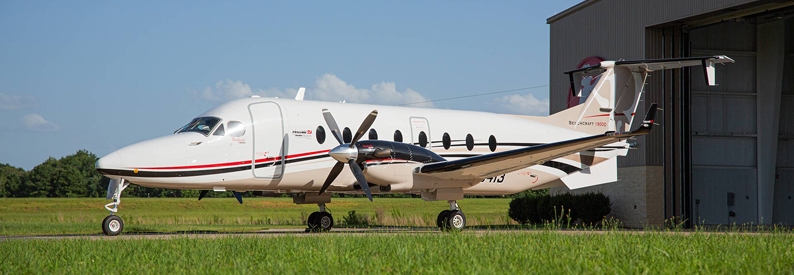Due to the drop in demand caused by the COVID-19 pandemic, the US Department of Transportation (DOT) has authorised airlines operating Essential Air Service (EAS) routes to reduce frequencies and still receive half of their allotted subsidies.
"The Office of Aviation and International Affairs will authorize 50% of the contracted per-flight subsidy for flights that are not completed... the Aviation Enforcement Office’s [intends] not to initiate enforcement action against EAS air carriers for failure to comply with the level-of-service requirements," the DOT said in a notice issued to all EAS communities.
The DOT will, however, only agree to the relief if the airline continues to serve the EAS community in the mainland US, Hawaii, and Puerto Rico at least once daily for six days a week. For EAS communities in Alaska, the minimum frequency is 50% of a normal weekly schedule.
The relief is effective retroactively as of March 1, 2020, and will remain in place at least through June 30.
"The Department recognizes that the loss of passenger revenue for EAS air carriers is unprecedented, and many EAS air carriers are seeking higher subsidy amounts, reductions in their scheduled flights, and full compensation for flights cancelled due to COVID-19 issues, through the month of June. More than 30 communities have expressed support for requests by their EAS air carriers to reduce the number of flights at their airports," the DOT wrote.
The DOT indicated that affected communities can object to the notice, whereupon it will "work with the community and EAS air carrier to address such objections on a case-by-case basis".
The DOT has previously indicated that the maintenance of EAS routes takes precedence over minimum service obligations arising from federal CARES Act provisions regulating state aid to airlines affected by the pandemic. As such, carriers are not, in general, allowed to seek exemptions and suspend EAS routes.
